We have brought together the largest meteorite impacts and the largest craters in the history of the world for you. Some of these craters, some of which have a diameter of 300 kilometers, have caused quite large climate changes. If you wish, let’s examine together which are the biggest meteor impacts in the history of the world without further ado.
Our world has survived many disasters until today. Even though we don’t meet now, when we look back meteor strikes in world history We can say that we have been faced with and sometimes we have torn cheaply. In fact, even if we don’t see it, according to scientists, thousands of meteorites fall on our world every day. But since these particles are so small, they turn into dust as soon as they pass the atmosphere. But of course, this is not the case for every meteorite.
Biggest meteor strikes, has gained a very important place in the history of the world, and the mystery of most asteroids is still unsolved. There are some among these meteorites that managed to create a huge crater 300 kilometers in size in the area where it fell. If you wish, without further ado, meteor impacts and largest craters in world history Let’s move on to our list.
Largest meteorite impacts recorded on Earth:
Speed of 45 thousand kilometers per hour: Barringer Crater
- History: 50,000 years ago
- Diameter: 1.1 kilometers
- Location: northern desert
full of this 50 thousand yearsl ago, a meteorite fell 50 meters into the Northern Desert. As a result, the Grand Canyon suffered a blow with a diameter of 1,186 meters and a depth of 180 meters. According to the researches, in order for the meteorite to strike such a blow, it is necessary to from 45 thousand kilometers It must be falling at a higher rate. So much so that the day of this explosion in the Northern Desert was 150 times stronger than the power of the atomic bomb made in Hiroshima.
Crater believed to have a soul: Lake Bosumtwi
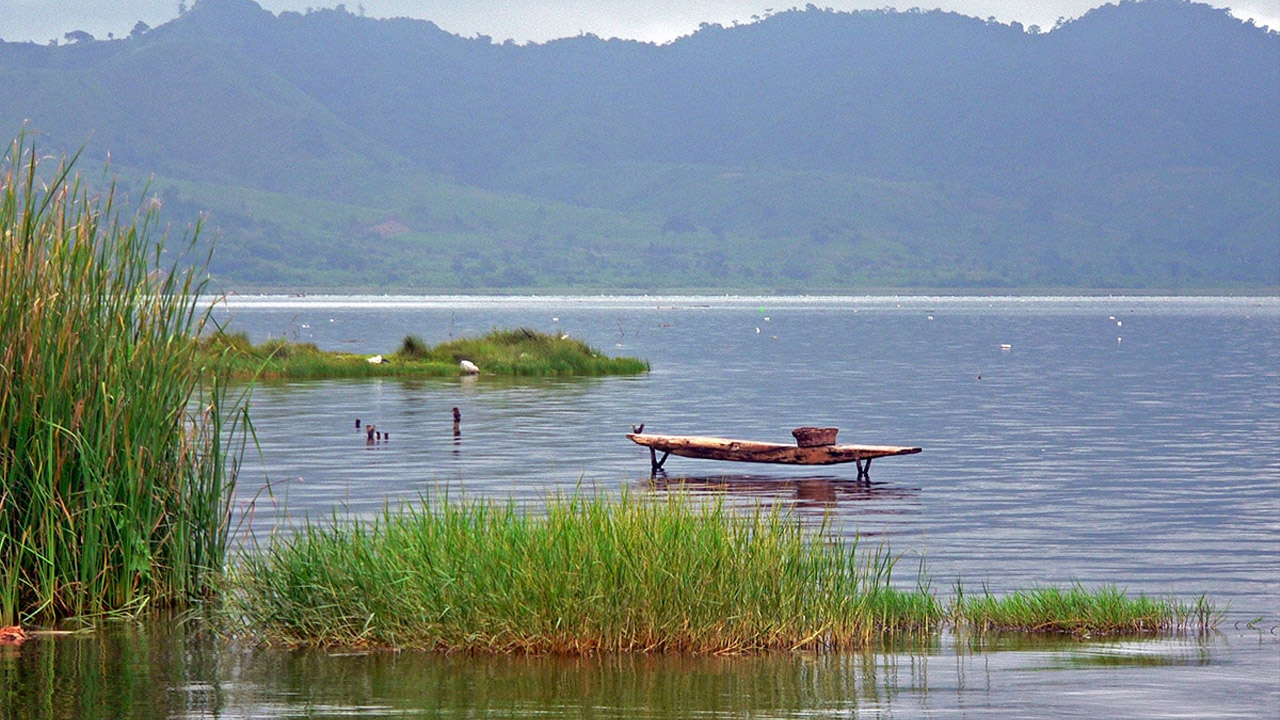
- History: 1.1 million years ago
- Diameter: 10 kilometers
- Location: Ghana
located in the southeast of Ghana, in the west of the African continent Bosumtwi Lake, one of the rare lakes with a rather unique appearance. More than a million years ago, after a meteorite fell on Bosumtvi, a reservoir was formed here. This meteorite, 1a diameter of 0 kilometers This led to the formation of the very large Bosumtwi Lake. The indigenous Ashanti tribe of Ghana is one of the tribes that worship the spirit of the lake. This tribe does not let any metal object touch the waters in order not to pollute the water of Bosumtvi and not to anger the god Bosumtvi.
Lake with an oval and an island: Lake Mistastin
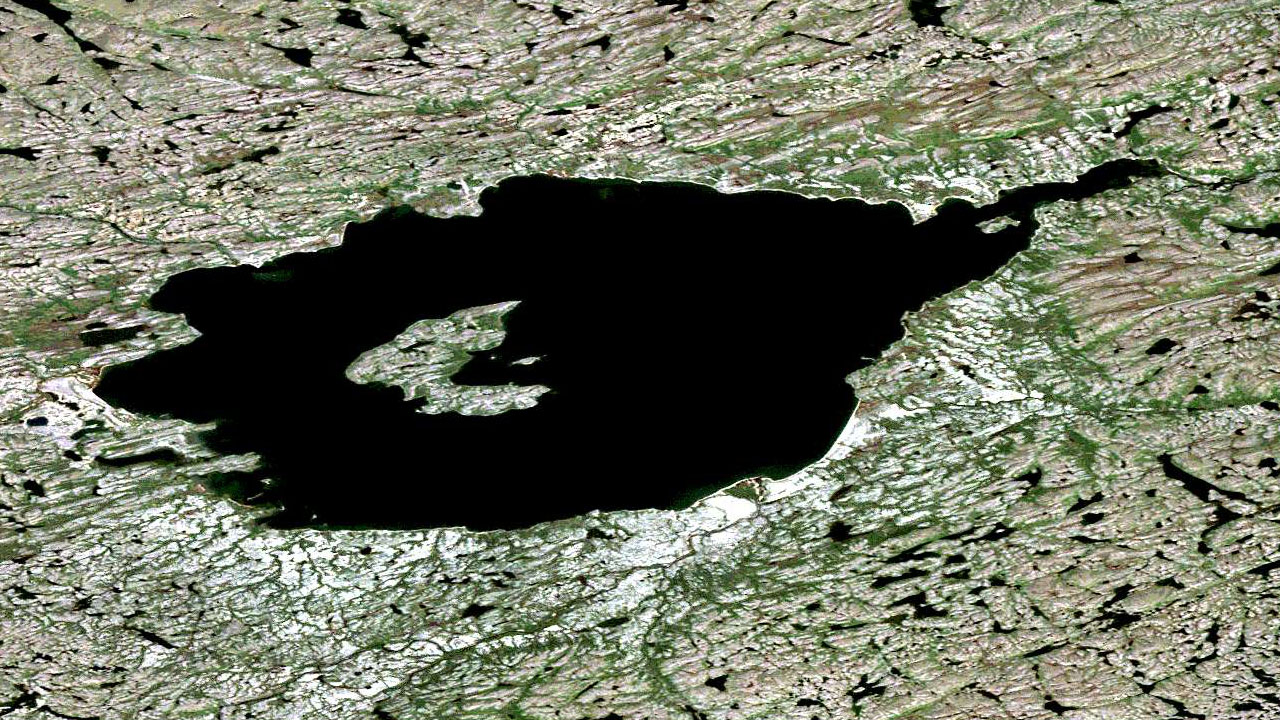
- History: 36 million years ago
- Diameter: 28 kilometers
- Location: Canada
Mistastin is a lake near Labrador in Canada. 36 million years old. This lake, which has an area of 28 kilometers after the falling meteorite, has a very wide and curved crater as a result of the meteorite impact. In the middle of the lake, there is a small island formed as a result of the rising of the rock.
Same energy as a 22,000 megaton TNT: Gosses Bluff Crater
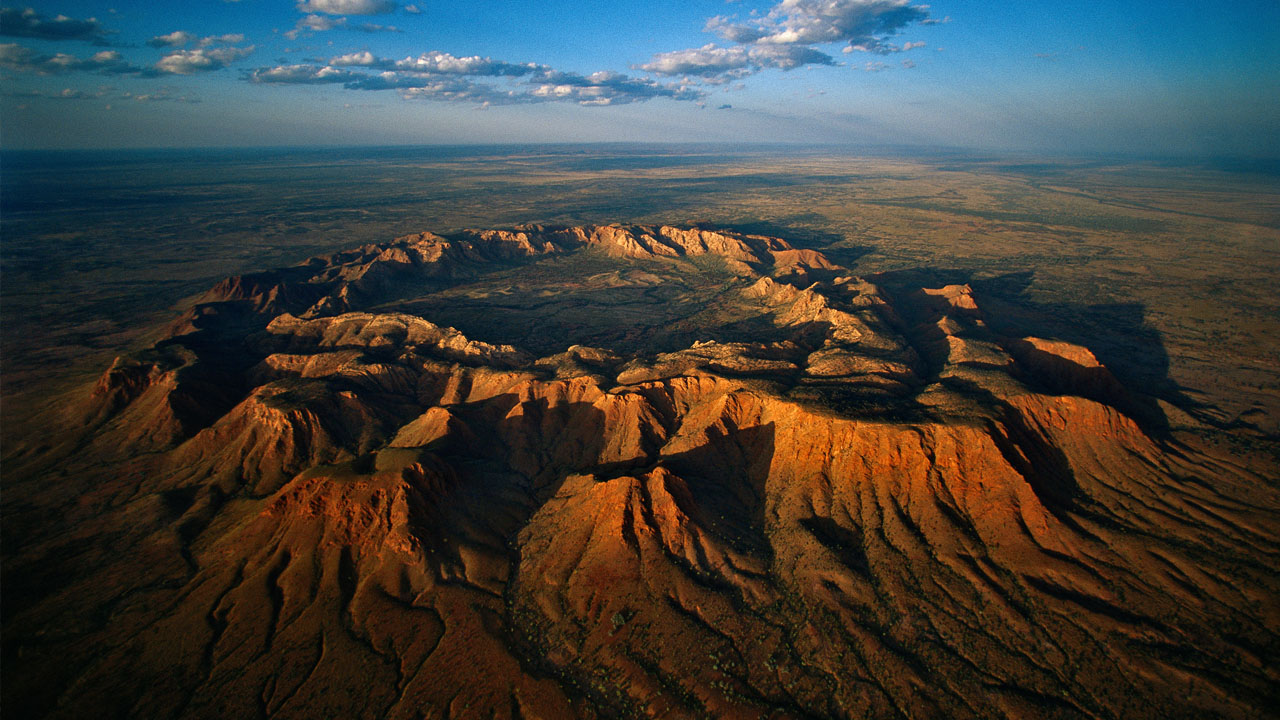
- History: 142 million years ago
- Diameter: between 22-24 kilometers
- Location: Australia
Thanks to an asteroid hitting the Earth at a speed of 40 thousand kilometers, a gap of 22-24 kilometers in diameter was formed in an Australian continent. The depth of the Gosses Bluff crater revealed by this celestial body is 5-6 kilometers deep on average. The celestial body fell on the continent of Austria about 142 million years ago, and the force of the impact was so high that A 22,000 megaton TNT ihas equal energy.
It split in two and formed two craters: Pure Water Lakes
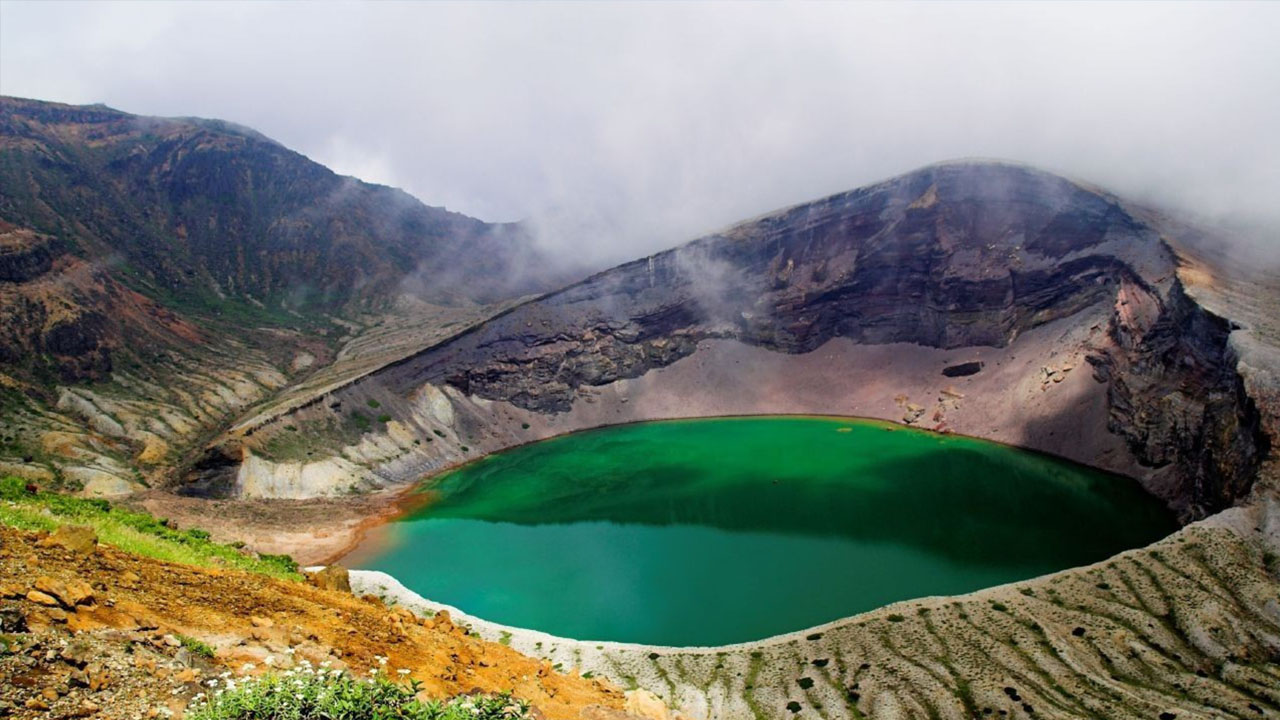
- History: 290 million years ago
- Diameter: 16-36 kilometers
- Location: Canada
There are two lakes east of Hudson Bay in Canada. These lakes are the result of an asteroid that entered our atmosphere 290 million years ago. split in two It was formed as a result of falling into two different regions. The meteorite split into two after entering the atmosphere, forming two craters in close proximity to each other. One of these craters has a diameter of 16 kilometers, while the other has a diameter of 36 kilometers.
Radiation caused diseases: Tunguska Meteorite
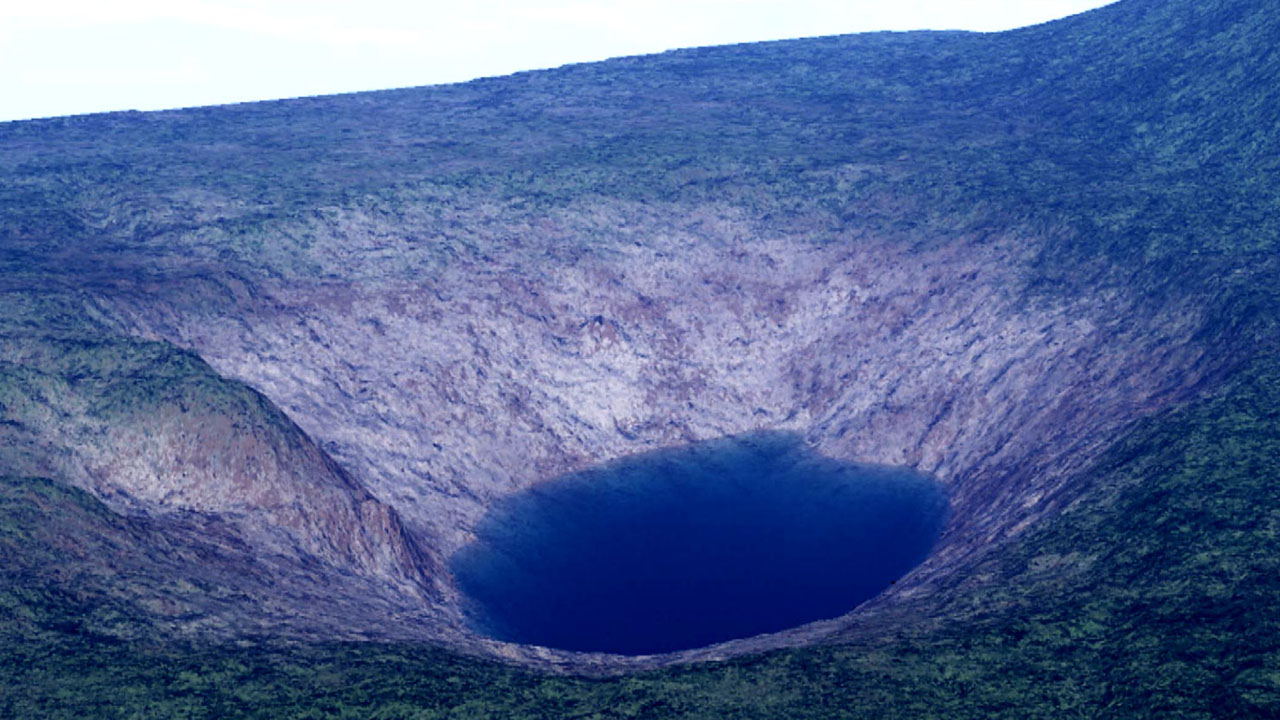
- History: 114 years ago
- Diameter: 5-24 kilometers
- Location: Siberia
In 1908, an explosion occurred, the mystery of which is still unsolved today. Tunguska A meteorite falling near the village of Taiga over 2,000 square kilometers managed to raze even more of its territory. In fact, the wave of the explosion reached England, and some people close to the area were diagnosed with radiation sickness, thanks to the radiation produced during the explosion.
Manikugan crater more than 100 kilometers across: Lake Quebec Eye
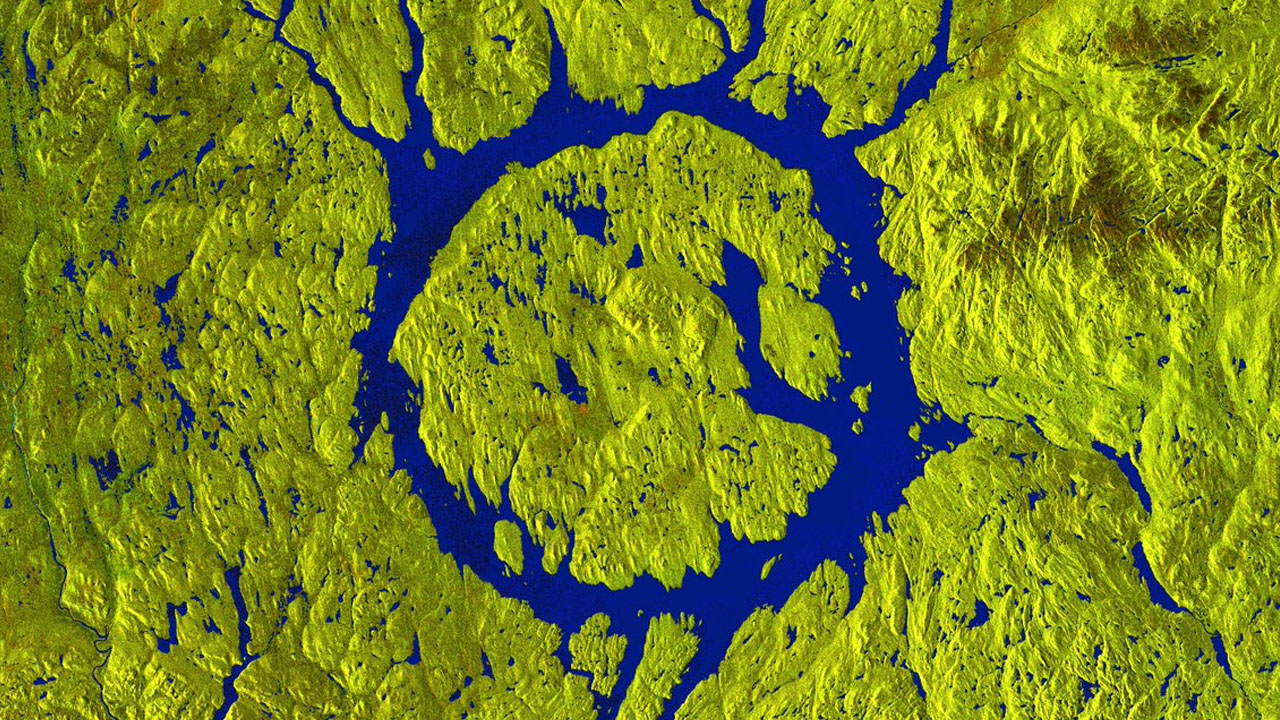
- History: 215 million years ago
- Diameter: 100 kilometers
- Location: Canada
After 1908, let’s move forward 212 million years. A meteorite that fell to Canada 215 million years ago was almost in the area where it fell. from 100 kilometers left a larger crater. The crater left by the meteorite manikugan It was named after and continues to be home to the largest reservoir in Canada today. The meteorite that formed this lake had a diameter of 5 kilometers.
65 kilometers long: Sudbury Crater
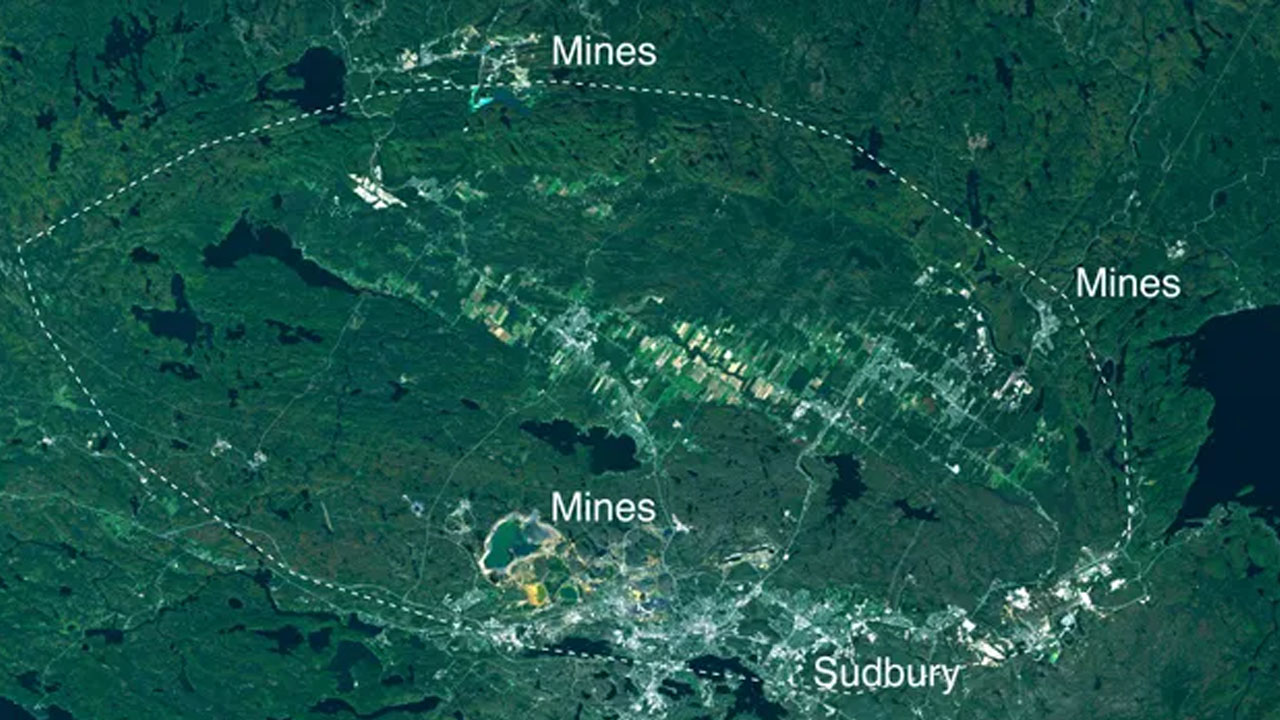
- History: 1849 million years ago
- Diameter: 130 kilometers
- Location: Canada
To the largest crater formations in history, you will notice that Canada is hosting. As if the meteorites that fell on Earth were specifically targeting Canada, meteorites have constantly fallen on similar points. From this close to 2 billion years Some time ago, a crater of legendary dimensions formed in Canada. Sudbury crater, which is 25 kilometers wide, 65 kilometers long and 14 kilometers deep, has attracted a lot of attention as a result of the falling meteorite. Mining companies in Canada excavated the meteorite that fell into the crater. The element ejected from the crater made up almost 10 percent of total world production.
Caused tsunami and climate changes: Chicxulub Crater
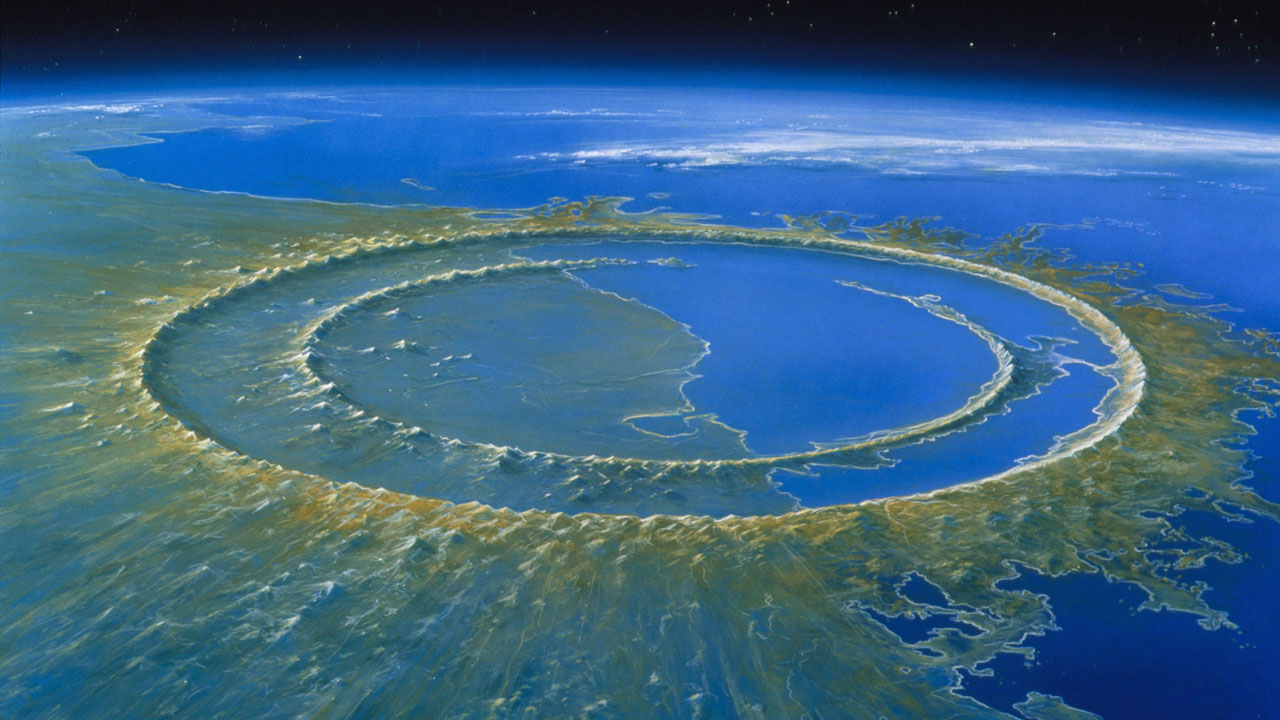
- History: 66 million years ago
- Diameter: 150 kilometers
- Location: Mexican
An asteroid that fell on Mexico’s Yucatan Peninsula 66 million years ago left a huge mark on Mexico with its fall. After this meteorite, Chicxulub Crater emerged and this crater was only opened for use in 1978. This asteroid, which fell to our world 65 million years ago, caused such a powerful explosion that it caused a tsunami and caused a series of climate changes. However, it has also provoked tectonic and volcanic activities around the world. Just after the Yucatan meteorite with a diameter of 150 kilometers dinosaurs are extinct is also said.
Legendary 300-kilometer crater: Vredefort Crater
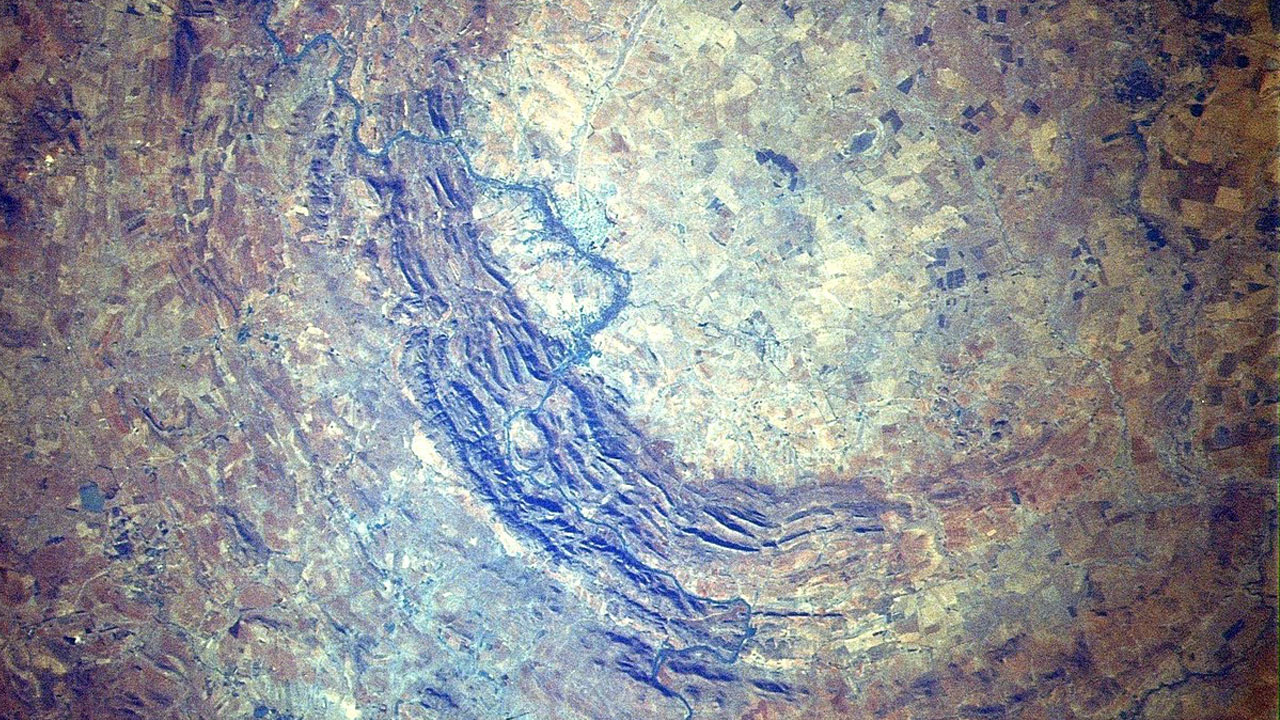
- Date: 2023 million years ago
- Diameter: 160-300 kilometers
- Location: South Africa
Let’s come to the largest meteorite case in the world. Vredefort Crater in South Africa, 160 to 300 kilometer ranging from has a diameter. This gigantic crater is so big that a huge city can fit inside it.
The huge meteorite that formed the Vredefort Crater hit Earth 2 billion years ago. But Earth didn’t take much damage, as Earth’s biosphere was only in its infancy. But of course, this meteorite greatly affected the astronomical properties of the planet and caused global changes in the climate map.
World history for you biggest meteor strikes and we’ve put together the biggest craters. Looking at our list overall, the largest crater by this time has formed in South Africa, and most of the meteorites that fell millions of years ago seem to have targeted Canada. Such a powerful meteorite has not fallen to our world recently. Of course, we would never want such meteorites to fall when the human population has increased so much. Which of the craters on the list caught your attention the most? Don’t forget to share with us.
